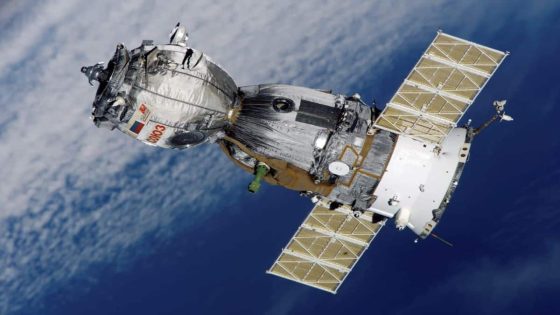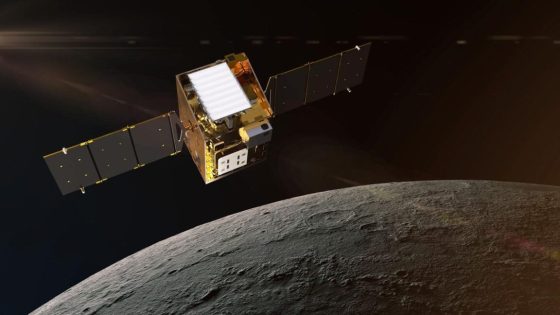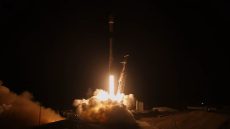SpaceX successfully launched its Falcon 9 rocket from Vandenberg Space Force Base on March 27, 2025. This mission sent 27 Starlink satellites into low-Earth orbit, enhancing global internet connectivity. Have you ever wondered how these satellites impact our daily lives?
- Falcon 9 rocket launched from Vandenberg Space Force Base.
- 27 Starlink satellites sent to low-Earth orbit.
- Liftoff scheduled for 3:11 p.m.
- Live webcast starts five minutes before launch.
- First stage lands on droneship in Pacific.
- No sonic boom expected locally.
SpaceX Falcon 9 Launch: What You Need to Know About the Event
What makes this launch so significant? The Falcon 9 rocket is a vital part of SpaceX’s efforts to provide global internet coverage through its Starlink program. With 27 new satellites added to the constellation, millions more people may soon gain access to high-speed internet.
Impact of Starlink Satellites on Internet Access in the U.S.
The addition of 27 Starlink satellites is a game-changer for internet connectivity. Here’s why:
- Improved access in rural and underserved areas.
- Enhanced speed and reliability for users.
- Support for educational and telehealth services.
- Increased competition among internet service providers.
How the Falcon 9 Rocket Works and Its Importance
The Falcon 9 rocket is designed for reusability, making space missions more cost-effective. This rocket’s first stage lands on a droneship in the Pacific Ocean, allowing SpaceX to save on costs and reduce waste. Have you thought about how reusability might change the future of space travel?
Future Launches and Their Significance
SpaceX plans to conduct more launches to expand its Starlink network. Each launch not only increases satellite numbers but also enhances the overall network’s performance. With additional opportunities for launches, the future looks bright for global internet access. Are you excited about the potential of satellite internet?
In conclusion, SpaceX’s recent Falcon 9 launch marks a significant step in enhancing internet access worldwide. As more satellites are deployed, the possibilities for connectivity are limitless.
































